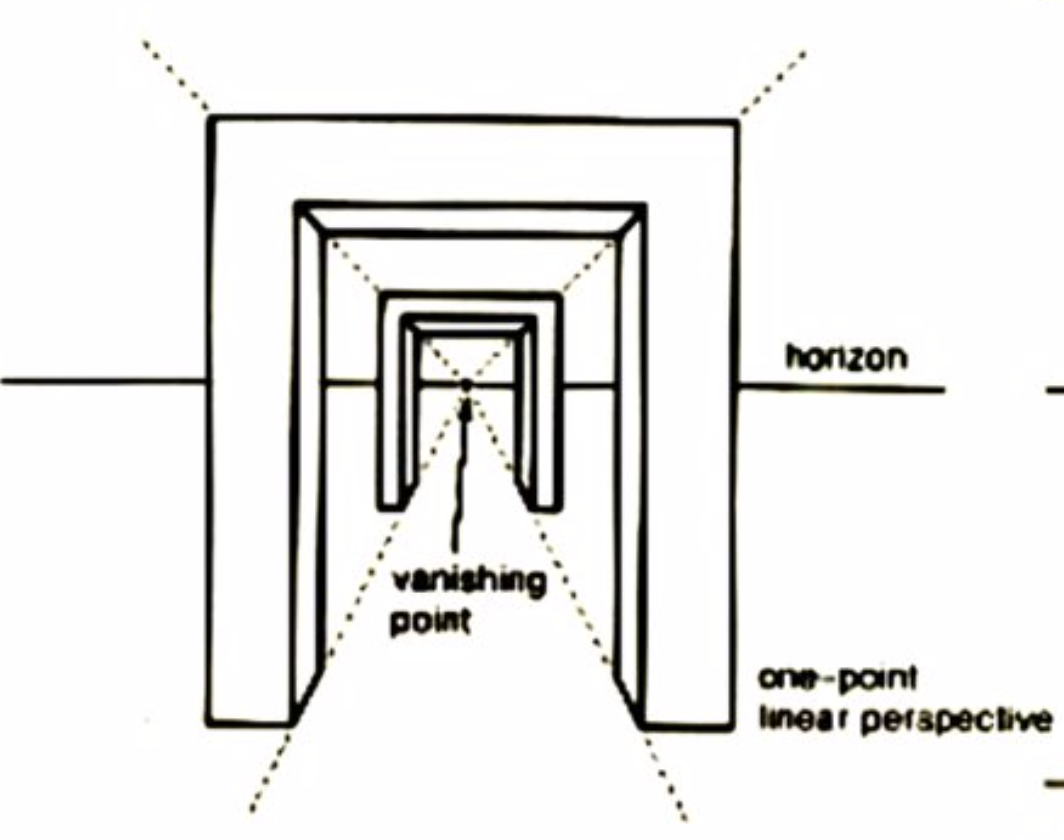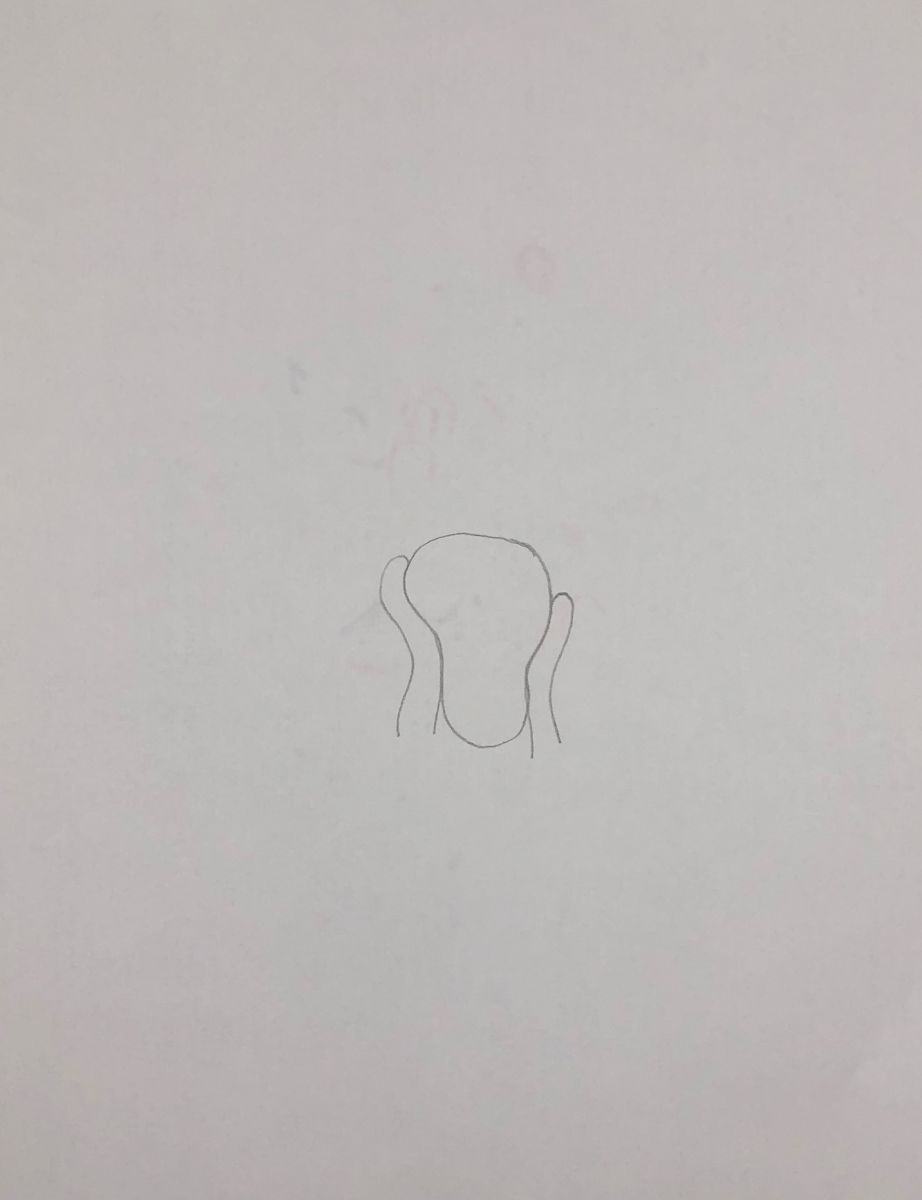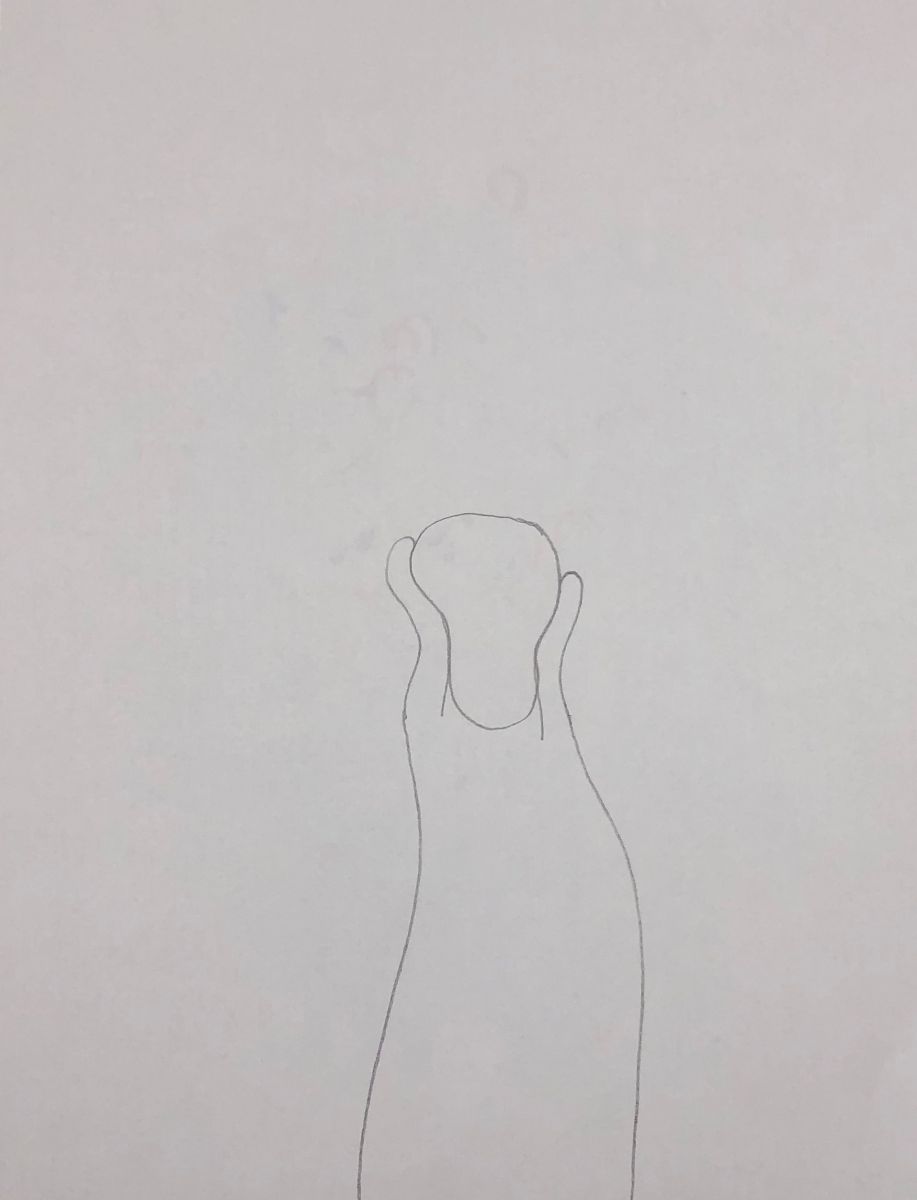Using oil pastels, students learn about Edvard Munch, expressive art, and then have a chance to share what makes them scream through this guided drawing process. Recommended for 5th Graders.
Color: the visible range of reflected light. Complementary colors are opposite one another on the color wheel. Complementary colors highly contrast with each other.
Line: the flat path of a dot through space used by artists to control the viewer’s eye movement. Both straight and curvy lines are used in this work.
Contrast: refers to the arrangement of opposite elements, or using very different qualities next to each other to create visual interest, excitement and drama.
Movement: using an element(s) of art to draw a viewer’s eye from one point to another in the composition.
Abstraction: images that are altered from their realistic appearance: often simplified to reveal only basic shapes, outlines.
Background: the part of a composition that appears farthest away on a picture plane, nearest the horizon.
Composition: the way principles of design arrange elements of art to express a particular idea.
Despair: the complete loss or absence of hope.
Fear: an emotion caused by the perceived threat of danger.
Foreground: the part of a composition that appears closest on a picture plane, furthest from the horizon.
One Point Linear Perspective: a way to create the illusion of depth (the third dimension) on a two-dimensional (height, width) surface using a vanishing point, horizon line, receding lines that converge towards the vanishing point.

The Scream is the popular title given to Edvard Munch’s The Scream of Nature (painting and pastel work by the same name), painted in 1893. He was out for a walk overlooking an ocean landscape in his native country Norway and saw the setting sun turn the clouds a blood red color. He imagined he could hear the clouds shrieking and so painted an imaginary person screaming. He called this his ‘soul painting’ because it represented his deepest anxieties. An iconic (well-known symbol) work representing fear and despair, it has prompted many imitations over the years.

Post and briefly go over the vocabulary words. Refer to them during the lesson.
What are some things that could make you scream, either from fear, despair, or frustration? (Spend a few minutes on it, suggest techniques for expressing, like hard exercise, going for a walk, punching a pillow, singing loudly, or ….screaming.)
Students will:






Lesson written by Juliette Ripley-Dunkelberger. Student artwork from Sunset Elementary Archives.
21st Century Thinking Skills
Thinking flexibly, persisting, questioning, creating, innovating, listening with empathy, taking responsible risks, observing, making connections, visualizing, sequencing, predicting, comparing/contrasting, determining main idea, finding evidence, problem solving, cause and effect, determining point of view, decision making.
WA State Learning Standards
(VA:Cr1.2.5) a. Identify and demonstrate diverse methods of artistic investigation to choose an approach for beginning a work of art.
(VA:Cr2.1.5) a. Experiment and develop skills in multiple art-making techniques and approaches through practice.
(VA:Cr2.2.5) a. Demonstrate quality craftsmanship through care for and use of materials, tools, and equipment.
(VA:Re7.1.5) a. Compare one's own interpretation of a work of art with the interpretation of others.
(VA:Re7.2.5) a. Identify and analyze cultural associations suggested by visual imagery.
(VA:Re8.1.5) a. Interpret art by analyzing characteristics of form and structure, contextual information, subject matter, visual elements, and use of media to identify ideas and mood conveyed.
(VA:Re9.1.5) a. Recognize differences in criteria used to evaluate works of art depending on styles, genres, and media as well as historical and cultural contexts. This happens if you compare this style to others.
(VA:Cn10.1.5) a. Apply formal and conceptual vocabularies of art and design to view surroundings in new ways through art-making.
(VA:Cn11.1.5) a. Identify how art is used to inform or change beliefs, values, or behaviors of an individual or society.
Arts Integration Opportunities
Writing: write a paragraph about what makes you scream and why. Or write about why the figure in The Scream is screaming.
Please note: These lesson plans are intended for non-profit use only. Use of these plans for commercial purposes should give attribution to the Issaquah Schools Foundation and be accompanied by a nominal donation at www.isfdn.org/donate. Thank you.
Fueling Success for Every Student, Every School